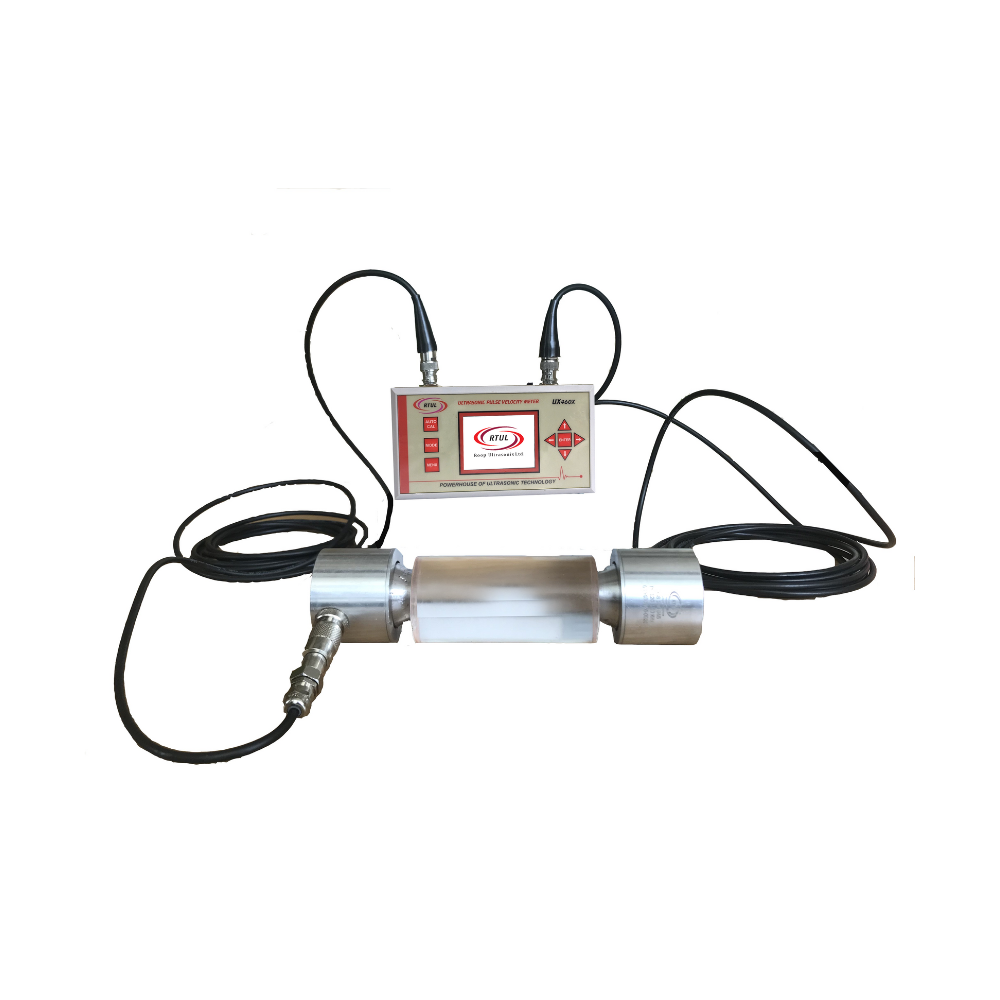
Historical masonry needs non-destructive testing to detect microcracking or damage to stones or concrete. An ultrasonic response produces different waves and frequencies for a compression load. This application can be carried out with Ultrasonic Pulse velocity testing capabilities. The same is done in active lab conditions to check the influence of wave velocities.
Interested in knowing how it can help you to improve your geographical capabilities?
Read the informative RTUL post which brings to your notice how this technology works for structural concrete condition. We are in this business for more than 4 decades and are global players. We believe different frequencies give dissimilar results.
How does Ultrasonic Pulse velocity testing work for concrete conditions?
Measuring concrete (6 feet thick) integrity and structural strength is powered by a concrete testing machine. It is measured by checking the speed and attenuation method. An ultrasonic wave passes through the material which is being tested. Low velocity areas have low strength and density. The data is collected from various paths to come to a conclusion. The defects are identified and images taken for investigation.
A pulse velocity test of concrete will clear doubts about:
- Voiding, honey combing and cracks in the material.
- Low quality concrete areas are detected successfully.
- With multiple testing paths the area, size and shape of defect is measured.
- With direct path tests the engineer gets a 2-side access.
- Complex geometry is tested around corners or beam intersections.
- Surface-to-surface tests also can be conducted with depth measurements.
Concrete testing machine used for tests
A pulse generation circuit with an electronic unit is required to generate the pulses. A transducer transforms the electronic pulse into a mechanical one. The transducers are assembled with clock and oscillation circuit and placed on the opposite sides. The oscillation frequency works in the range of 40 kHz up to 50 kHz. The signal is provided by a pulse receiving unit.
The formula used for measurement is:
Pulse Velocity = Structural Width / Time taken by pulse to go through
How to choose a concrete testing machine?
Your engineers will have to determine the impact of the testing machinery to understand which one will be right. Some procedures are conducted on the site and some need to be monitored in the labs. Even 3rd party facilities for testing contribute to the strength of the investigation before data is released. Accuracy of the machine also affects the structural integrity of the concrete. Field conditions help in getting the right vibrations in-situ or for precast.
A transducer with electro-acoustic quality contacts the surface which is under test conditions. All machines are designed to suit the optimal testing procedures. All samples are cast and cured with performance indicators being checked in the labs. An engineer can give a thumbs up if at least 75% of the strength is determined for the construction process.
RTUL checks for many other methods which conform to the world standards introduced by the British systems like BS -4408 (Part V – 1974), BS-1181 and ASTM C597. Once you choose to collaborate with our engineering team, we can improve your quality assurances for any project.
.png)
.png)
.png)